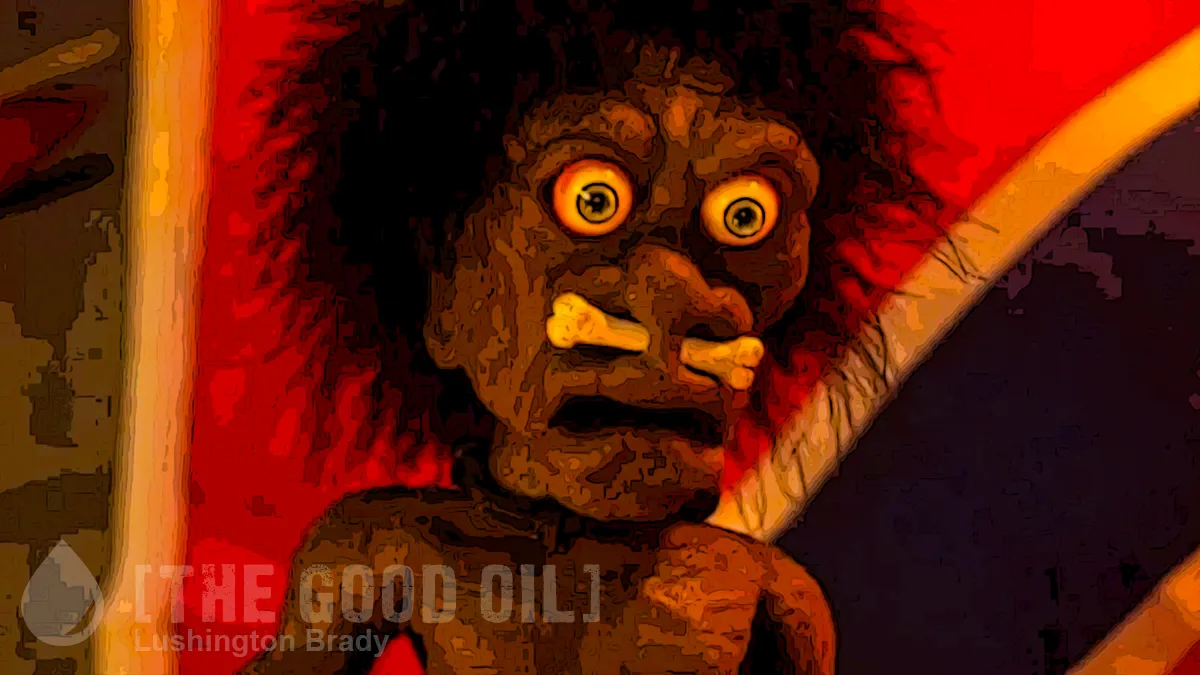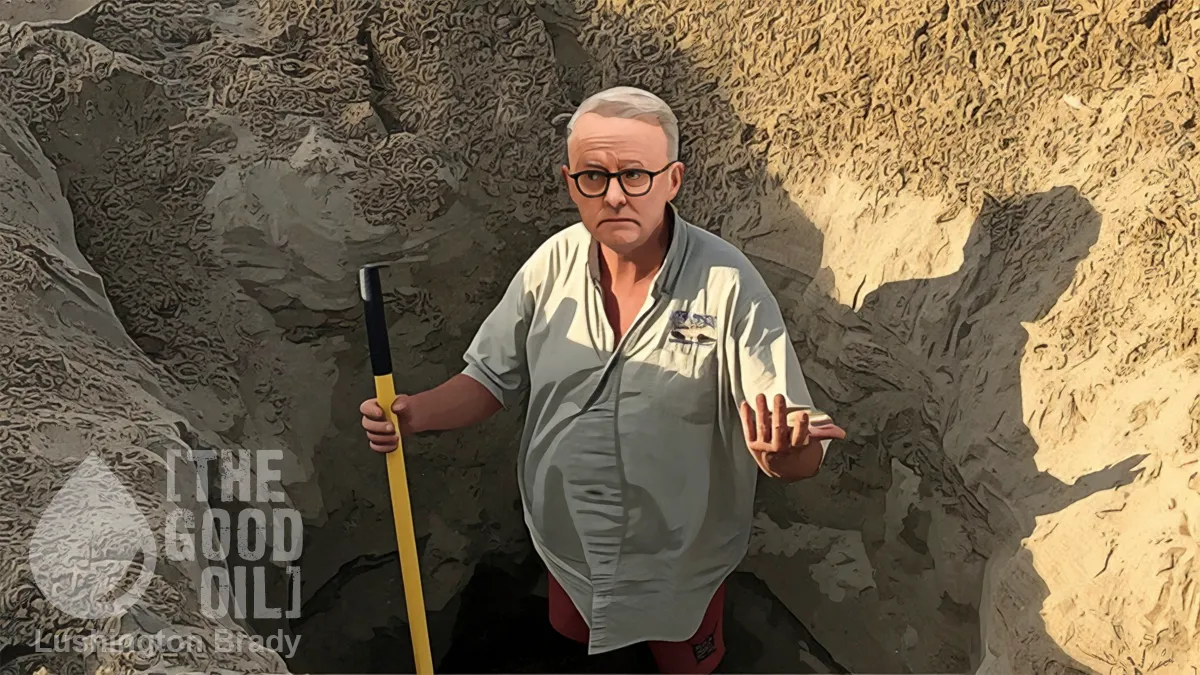Here we go again, with the ‘secret Aboriginal business’ being weaponised by dodgy activists to stymie developments. We’ve been through this malarkey before, of course. It was in the 1990s that so-called ‘secret women’s business’ was used to blockade the proposed Hindmarsh Island bridge in South Australia. Well, they might they have tried to keep it a secret: as it eventually transpired, it was all down to the claim that the lagoon to be crossed by the bridge supposedly resembled female reproductive organs when seen from the air. The bridge, supposedly, would turn into a massive, Aborigine-specific IUD and wreak havoc with the fertility of local Aboriginal women.
Really.
How, exactly Aborigines were able to spot space vaginas from the air way back in the Dreamtime was anyone’s guess. Eventually, sanity prevailed and the bridge was built, with no discernible impact on local Aboriginal fertility.
Imagine that.
You’d have thought we’d have learned from such debacles, but no.
Tanya Plibersek was persuaded to rule against Regis’s full proposal for a $1bn goldmine after listening to a dissident Aboriginal corporation registered with just 18 members who list only their first names on the website of the Office of the Registrar of Indigenous Corporations.
In a submission to the NSW government, Lisa Paton – a director of the dissident Indigenous activist group whose secret objections ultimately toppled the project – said the mine would cause “irreversibly detrimental impacts” to the cultural landscape of Kings Plains.
There was surprise and anger on Tuesday at the minister’s decision to favour the advice of a small Bathurst-based Aboriginal corporation over the advice of the Orange Local Aboriginal Land Council – the statutory body with cultural authority under NSW legislation – which conducted its own surveys and found the project would not impact any known sites or artefacts of high significance.
It gets worse. The suspiciously pasty-white Paton, who looks like she’d sunburn under a full moon, tried to defend her indefensible bullshit with yet more bullshit.
An Indigenous historian who helped spearhead a campaign that brought down the $1bn McPhillamys gold project in central NSW said the proposed mine location should be treated with the same respect as the historical sites of “Gallipoli and Battle of The Somme” because of the cultural significance of the frontier wars fought on the site in the 1800s.
Never mind that the Somme battlefields are farmed, day in and day out, and criss-crossed with new roads or that Gallipoli is now a tourist site.
And what, exactly, were these “frontier wars”?
Ms Paton said the plains, near Blayney, were the site of “encounters” between “the Wiradjuri and European stockmen” in the early 1800s, which culminated “in the Bathurst Wars in 1824, and eventually the proclamation of martial law by governor Thomas Brisbane in late 1824” […]
Historian Stephen Gapps said the slaughter of Wiradjuri warrior Wyndradyne’s family in 1824 sparked the conflict between traditional owners and European settlers on the Kings Plains, eventually resulting in the declaration of martial law.
Gapps by name, gaps by nature. What neither of them are saying is that the conflict was in fact sparked by years of repeated, unprovoked attacks by Wyndradyne and others. In early 1822, Wyndradyne led groups of warriors in killing isolated stockmen and shepherds. Even farmers who offered the Aborigines gifts of food would then be pillaged – and woe betide them if they resisted.
This is the continual violence which prompted the declaration of martial law, two years later.
So much for ‘truth telling’.
Now, let’s see how they’re going to pay for that $34 billion a year in Aboriginal welfare, when the economy is shut down because of ‘secret cultural business’.









